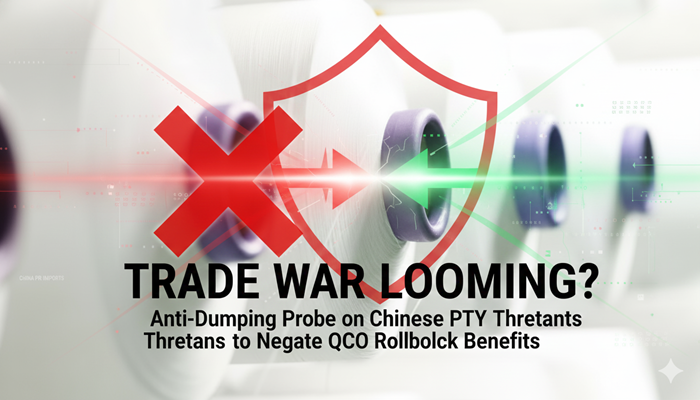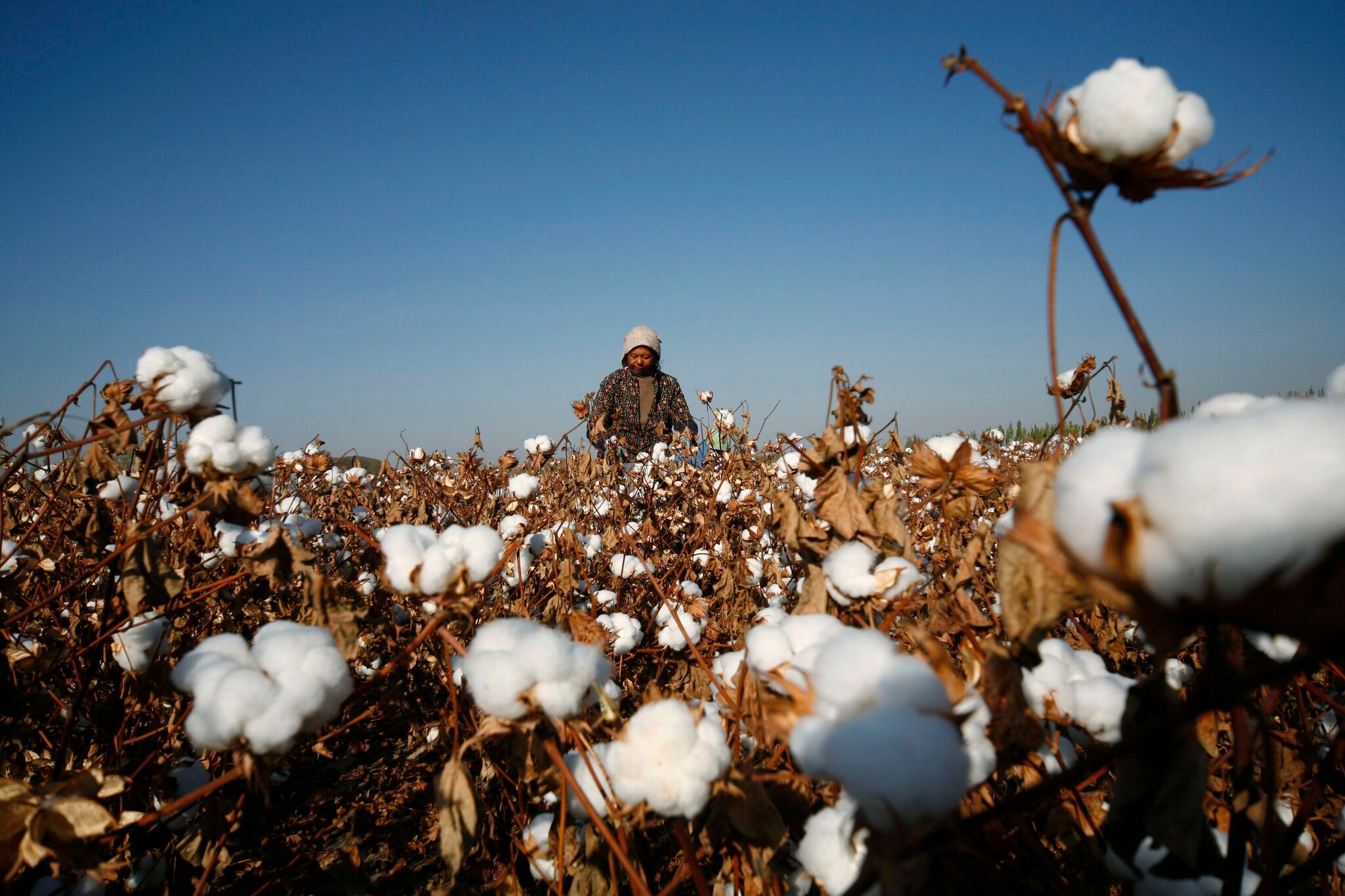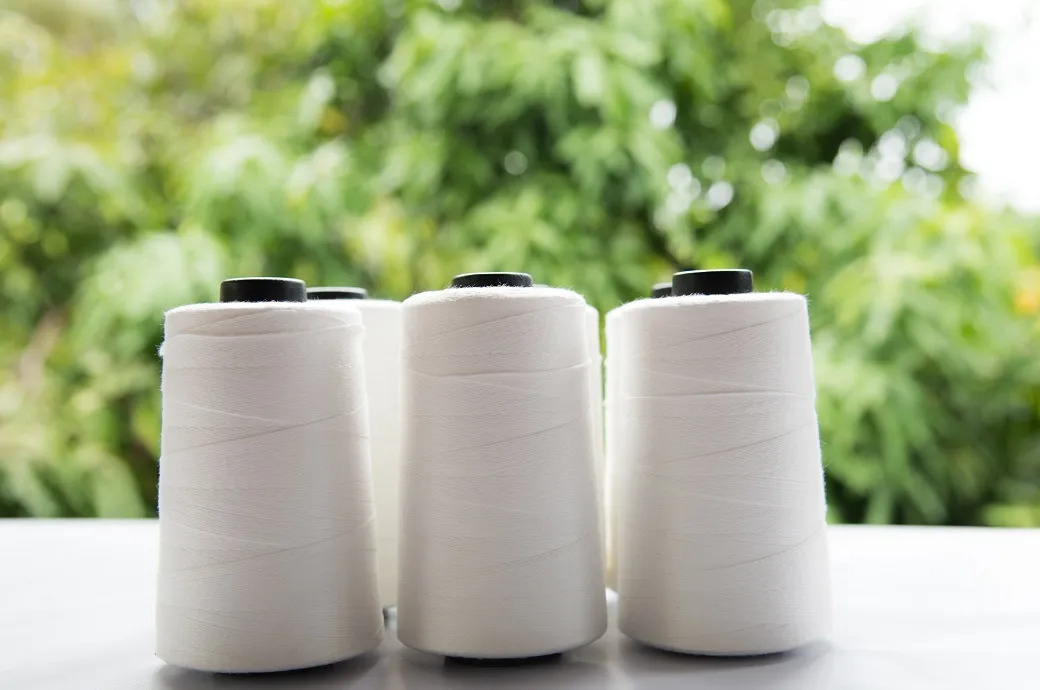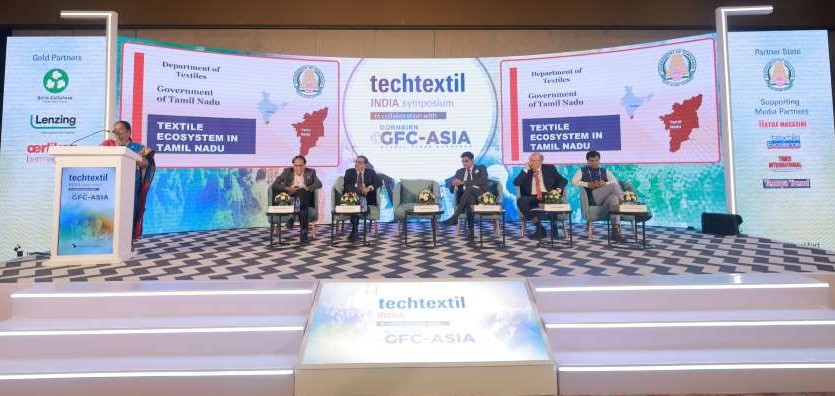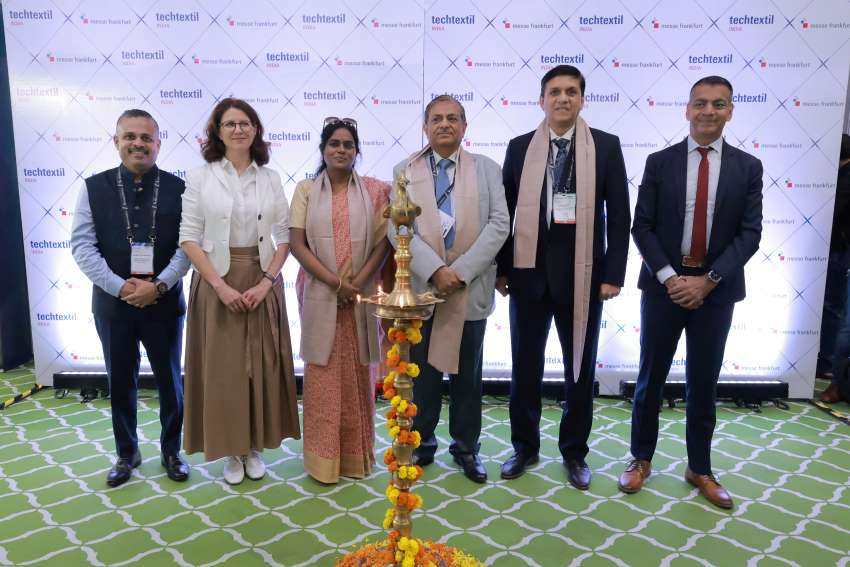
The global apparel and textile industry, long celebrated for its role in democratizing fashion and creating jobs across continents, is under a new spotlight. A report titled ‘Anatomy of Supply Chain Risks’ by Zurich-based ESG data firm RepRisk has laid bare the systemic fragilities woven into the sector’s supply chains. From human rights abuses to environmental violations, the report paints a sobering picture of an industry grappling with vulnerabilities that could shape its future growth path.
Looming crisis
The RepRisk report draws on an expansive database of publicly available information, NGO findings, and stakeholder sentiment. The analysis underscores how ESG (environmental, social, governance) risks are not isolated events but deeply entrenched in the apparel supply chain. Notably, the industry consistently ranks among the most exposed to human rights and labor-related risks, with incidents rising year after year. Environmental lapses from water contamination to unsustainable raw material sourcing are compounding the challenge.
Table: Distribution of ESG risks in apparel & textile supply chains
|
Risk category |
Percentage of total incidents (T&A) |
Percentage change (last 3 years) |
Sub-iIssues |
|
Labor & Human Rights |
45% |
+15% |
Forced labor, child labor, workplace safety, wages |
|
Environmental |
30% |
+12% |
Water pollution, chemical use, waste management, emissions |
|
Governance & Corruption |
25% |
+8% |
Bribery, corruption, lack of transparency |
Source: RepRisk, “Anatomy of Supply Chain Risks” (illustrative data)
The concentration of high-severity risks in South and Southeast Asia, the backbone of global apparel production is particularly concerning. More than 60 per cent of ESG incidents are traced to this geography, underscoring the fragility of supply networks that power global fashion retailers. The RepRisk report doesn't just present numbers; it underscores the real-world consequences of these risks through anonymized case studies.
Case Study 1: The hidden cost of fast fashion
A global fast-fashion giant came under fire when reports revealed forced labor in its cotton supply chains. RepRisk had flagged early indicators from activist reports years earlier, but insufficient due diligence meant the brand overlooked red flags. The fallout was swift: reputational damage, consumer boycotts, lawsuits, and a significant dip in stock price. This case illustrates how ignoring labor risks translates into both financial and reputational shocks.
Case Study 2: Dyeing for change?
In South Asia, a textile dyeing mill supplying several international brands was caught discharging untreated wastewater into rivers. The resulting ecological damage and public health crisis led to regulatory crackdowns and eventual closure of the mill. Brands dependent on the supplier faced supply chain disruptions, proving how environmental negligence can spiral into operational breakdowns.
A double-edged sword for India
India, one of the world’s top textile exporters, is at the epicenter of this debate. The country’s industry employs over 45 million people and contributes nearly 12 per cent of total exports, yet challenges around informal labor, weak regulatory enforcement, and environmental compliance persist. Stakeholders say, the upcoming festive season demand in hubs like Surat and Ludhiana could strain supply chains further, as pressure mounts on smaller suppliers to meet tight deadlines often at the expense of labor conditions and environmental safeguards.
Table: India’s apparel & textile supply chain risks
|
Factor |
Current status |
Associated risk |
|
Workforce (45+ million) |
High reliance on informal labor |
Wage exploitation, poor safety standards |
|
Export Contribution (12%) |
Critical foreign exchange earner |
Vulnerable to global ESG scrutiny |
|
Dyeing/Processing Hubs |
Surat, Ludhiana, Tiruppur |
Water pollution, chemical discharge |
|
Cotton Sourcing |
Gujarat, Maharashtra |
Risks of forced/child labor in harvesting |
Indeed, the RepRisk report is more than a data compilation it is a wake-up call. As ESG-focused investing gains traction, brands that fail to strengthen supply chain accountability risk losing not only consumer trust but also investor confidence.
Takeaways for brands & investors
Higher transparency: Comprehensive supply chain mapping, including lower-tier suppliers, is essential.
Proactive risk monitoring: Tools like RepRisk can act as early-warning systems.
Stakeholder collaboration: Partnerships with NGOs, local communities, and regulators can drive change on the ground.
Investment in sustainability: Shifting to cleaner dyeing processes, renewable energy, and fair labor practices is no longer optional—it is survival.
From compliance to commitment
As consumer awareness grows with documentaries, social media campaigns, and activist pressure the demand for accountability is no longer limited to industry insiders. Governments are stepping in too. The EU’s Corporate Sustainability Due Diligence Directive (CSDDD) and the US Uyghur Forced Labor Prevention Act are forcing brands to rethink sourcing strategies.
For India and other South Asian hubs, this is both a challenge and an opportunity. By embracing ESG compliance, textile exporters could strengthen their competitiveness globally, while failure to do so could see orders diverted to countries with stronger compliance frameworks.
Thus the RepRisk report underscores a central truth: the apparel industry’s glossy storefronts and fast-changing trends mask a fragile and risk-laden foundation. The sector now stands at a critical inflection point either weave sustainability and ethics into its very fabric or face mounting crises that unravel its future.


